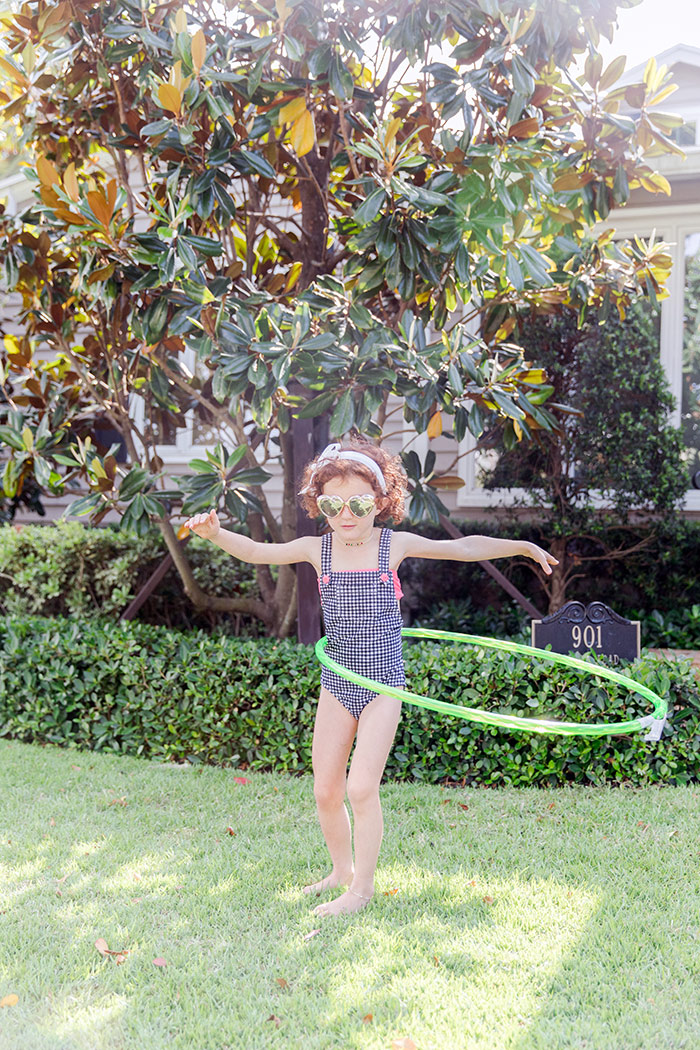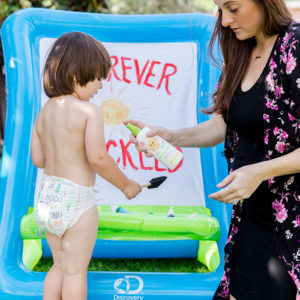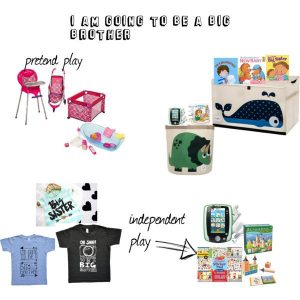
5 Things You Need to Know Before Applying Sunblock to Your Child
Summer is just around the corner! Time for the beach, pool, and outdoor fun – the time for sun, fun, and relaxation. Unfortunately, with the sun comes responsibility. We need to provide adequate sun safety for kids. So let’s go over some of the most important guidelines and tips for proper protection for kids in the sun and how to prevent sunburn.
1. When can a baby wear sunscreen?
Practicing medicine in south Florida, I frequently get asked this question. In the past, we recommended no sunscreen for newborns before the age of 6 months. An infant’s skin is much thinner than that of an adult, making it much more vulnerable to chemicals that exist in sunscreen. A baby’s skin is at risk for contact dermatitis, inflammation, and allergies.
In addition, babies have a higher surface area to body weight ratio, which basically means the chemicals in the sunblock are able to be absorbed systemically (by the bloodstream) in an infant much easier than an older child.
However, the American Academy of Pediatrics has changed the recommendations on sunscreen for babies under 6 months. If appropriate shade or sun protection clothing are not available, small amounts of sunblock should be applied to areas of skin that are exposed to the sun. Apply sunblock to a small patch of skin first to ensure there is no reaction before applying to the entire body.
They only way to ensure that a small infant doesn’t suffer from heat-related illness is to provide complete shade during the hours of 10am to 4pm when the sun’s UV radiation is the most intense. Use sun umbrellas and fold-up tents. The pool is a much better option than the beach given that shade is available through trees and covered pavilions. Make sure to dress your child in breathable clothes that cover as much of their body as possible. Do not forget a large brim hat to protect the face and head.
2. What should I look for in a sunblock to protect kids in the sun?
First and foremost, make sure that the sunblock you are purchasing has broad spectrum coverage, meaning it will protect against both types of the sun’s rays: UVA and UVB.
Next, make sure that the SPF, or Sun Protection Factor, is a minimum of 30 as it blocks 97% of the UVB rays when applied (and re-applied) correctly. In my opinion, there is no reason to ever apply a sunblock with less than SPF 30 on a child who is going to spend the day in the sun.
Lastly, make sure your sunscreen is water resistant, especially if you are planning a day at the pool or beach. However, even if the sunblock has a water resistant component, I highly suggest reapplying after your child comes out of the water.
3. What ingredients are important when purchasing sunblock?
There are two types of ingredients in sunblock, mineral and chemical filters.
Mineral filters include zinc oxide and titanium dioxide and tend to have a thick, white consistency. Chemical filters provide a smoother application and are in nearly 70% of non-mineral sunscreens.
Although they make application a lot easier, chemical filters can be an irritant to the skin, so be mindful when applying these types of sunblock on young children.
Spot testing is the best way to determine whether a sunscreen irritates your child’s skin.
4. How much and how often should I apply sunscreen on babies and kids?
When applying sunscreen, use roughly one ounce, or about the size of a golf ball. It may seem like a lot of product, but you have a whole body to cover!
It is imperative that you apply sunblock 30 minutes before taking your child into the sun.
The sunblock needs time to absorb into the skin, and even 15 minutes in the direct sunlight without efficient sunblock can lead to burns. Make sure you reapply sunblock every hour to hour and a half while in direct sunlight and after getting out of the water or sweating.
The most common reason for sunburn is the failure to reapply sunscreen throughout the day. A great tip is to put a timer on your phone or watch so you have a reminder to reapply. It seems simple, but we all lose sight of time when we’re having a good time.
5. Is sunblock enough to protect kids in the sun?
The sometimes shocking answer is NO.
Sunblocks and sticks are imperative. But physical barriers, such as sun protection shirts for swimming, umbrellas, and shade, are equally as important.
There are so many adorable bikinis in the store for little girls this time of year. Close your eyes, and walk away. They are an absolute no no when it comes to sun protection shirts for swimming and beach trips. Rash guards, hats, and sunglasses are important sun protection clothing items.
Also, make sure to take frequent breaks from the sun, and stay hydrated.
Final Thoughts on Protecting Kids in the Sun
Playing with your kids outdoors fosters such a healthy lifestyle.
But don’t lose sight of the importance of using sunscreen when your kids are in the sun.
Know the guidelines for safe sun exposure, understand the ingredients in your sun protection, and be your kids’ biggest advocate for keeping their skin healthy in the harsh sun.
~Dr. Katie




